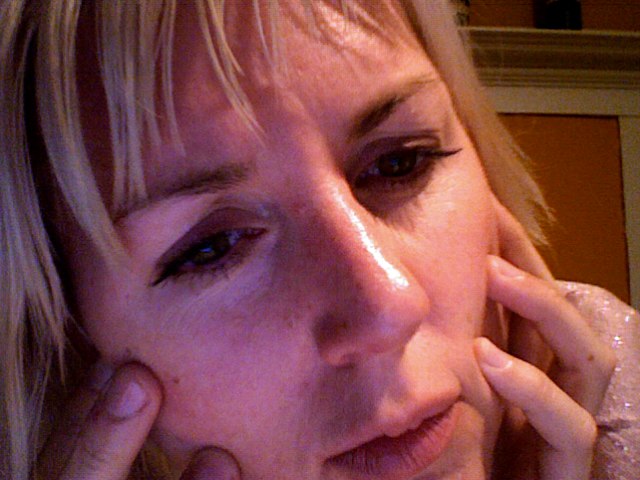Human beings are, by nature, conscious about their appearances. The dependence of self-esteem on physical features results in the emotional anxiety and stress associated with many skin conditions. Fear of a lack of social acceptance elevates levels of stress, which in turn can worsen skin diseases, contributing to even greater stress, anxiety, and discomfort. One such condition, rosacea, is considered one of the most common skin ailments in the United States, affecting more than sixteen million individuals.
Symptoms manifest primarily in the facial area and include a characteristic redness around the cheeks and nose and, in more severe cases, the chest and back. Rosacea patients encounter anywhere from one to four different subtypes of the disease. The four types include 1) reddening of the face- the most common, 2) pimples and bumps, 3) thickening of the skin, and 4) eye irritation. The condition progresses from localized redness of the face to a more dispersed and darker coloring coupled with the exposure of blood vessels.
A woman with a severe case of rosacea.
Image Source: VintageMedStock
Most rosacea patients are adults in their thirties and forties, and the condition is particularly dominant in fair-skinned women. Although the cause of rosacea is still unknown, a compilation of patient files has revealed significant trends in typical triggers causing the initial onset of the condition. For example, roughly eighty percent of patients experience cases of rosacea attributable to overexposure to UV light, heat, and stress. To this day, there is no sure-fire cure for rosacea, although research is ongoing. Some examples of current treatment methods used to stabilize the condition include laser therapy and topical remedies.
Why do so many cases of rosacea go untreated for an extended period of time? The answer is simple: misdiagnosis by the patient, aka the WebMD effect. Despite the prevalence of rosacea, lack of awareness to its differentiation from acne has resulted in many individuals making incorrect assumptions about their skin condition. Rather than consulting a physician, many attempt to treat what they believe to be acne, aggravating the condition. Acne often involves oily skin and the formation of blackheads; these symptoms are not found in rosacea patients. Instead, cases of rosacea are known for the characteristic initial redness around the face and visible blood vessels, followed by the development of pimples.
Consulting a dermatologist when dealing with unfamiliar skin reactions can almost certainly help to avoid further complications. Understanding the symptoms of rosacea and available treatment options can help individuals make appropriate lifestyle changes to maintain their health and well-being.
Featured Image Source: tara hunt










